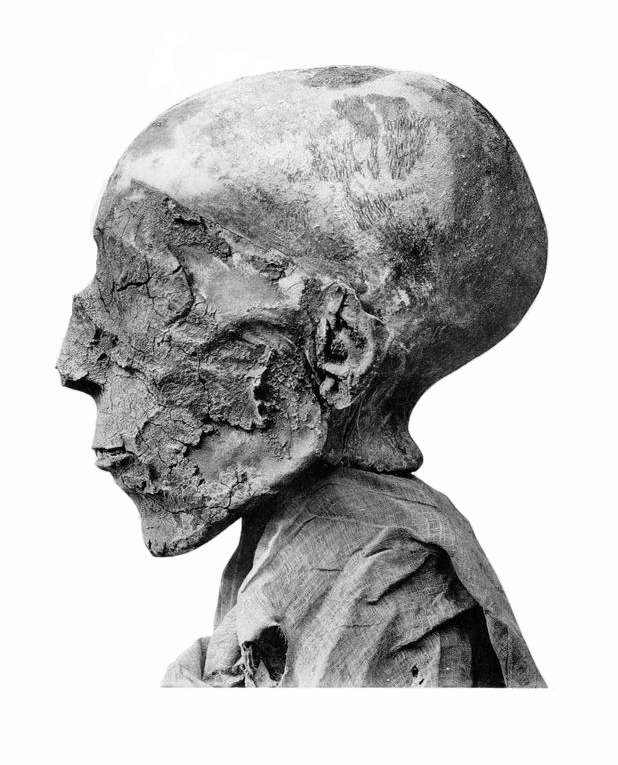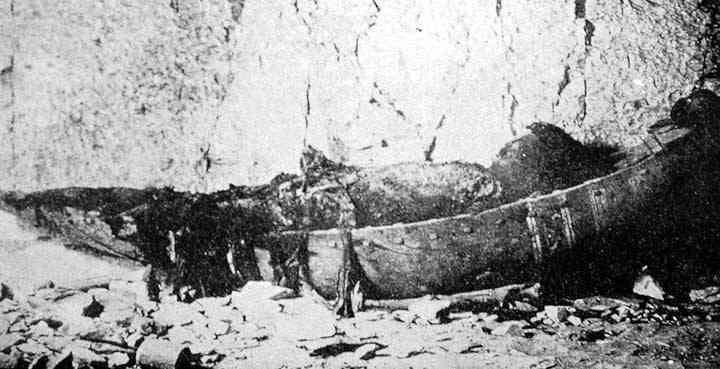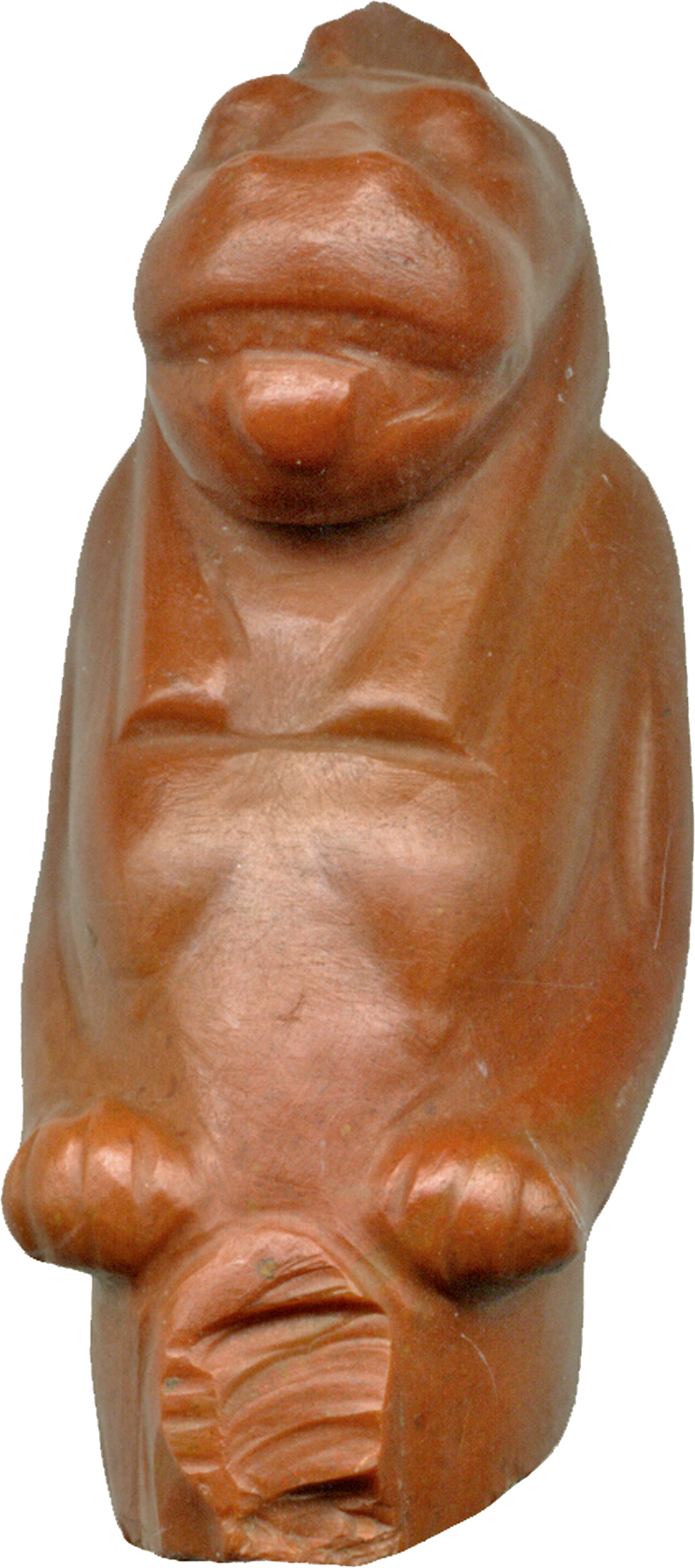|
KV56
Tomb KV56, also known as the Gold Tomb, is a tomb located in the Valley of the Kings, near Luxor, Egypt. It was discovered by Edward R. Ayrton in January 1908 and contained what is thought to be the intact burial of a royal child from the late Nineteenth Dynasty. The burial and casket have disintegrated, leaving a thin layer of gold leaf and stucco in the original location. Most famously the tomb contained spectacular gold and silver jewellery including earrings, rings, silver bracelets with the names of Seti II and Twosret inscribed, and a pair of small silver gloves. The original occupant of this tomb is unknown but was possibly an Eighteenth Dynasty queen. Location, discovery, and layout The tomb was discovered on 5 Jan ...[...More Info...] [...Related Items...] OR: [Wikipedia] [Google] [Baidu] |
Seti II
Seti II (or Sethos II) was the fifth pharaoh of the Nineteenth Dynasty of Egypt and reigned from 1203 BC to 1197 BC. His throne name, Userkheperure Setepenre, means "Powerful are the manifestations of Re, the chosen one of Re." He was the son of Merneptah and Isetnofret II and sat on the throne during a period known for dynastic intrigue and short reigns, and his rule was no different. Seti II had to deal with many serious plots, most significantly the accession of a rival king named Amenmesse, possibly a half brother, who seized control over Thebes and Nubia in Upper Egypt during his second to fourth regnal years. Contest for the throne Evidence that Amenmesse was a direct contemporary with Seti II's rule—rather than Seti II's immediate predecessor —includes the fact that Seti II's royal KV15 tomb at Thebes was deliberately vandalised with many of Seti's royal names being carefully erased here during his reign. The erasures were subsequently repaired ... [...More Info...] [...Related Items...] OR: [Wikipedia] [Google] [Baidu] |
Twosret
Twosret, also spelled ''Tawosret'' or ''Tausret'' (d. 1189 BC conventional chronology) was the last known ruler and the final pharaoh of the Nineteenth Dynasty of Egypt. She is recorded in Manetho's Epitome as a certain ''Thuoris, who in Homer is called Polybus, husband of Alcandra, and in whose time Troy was taken''.J. Tyldesley, Chronicle of the Queens of Egypt, 2006, Thames & Hudson She was said to have ruled Egypt for seven years, but this figure included the nearly six-year reign of Siptah, her predecessor. Twosret simply assumed Siptah's regnal years as her own. While her sole independent reign would have lasted for perhaps one to one and a half years from 1191 to 1189 BC, this number now appears more likely to be two full years instead, possibly longer. Excavation work by the University of Arizona Egyptian Expedition on her memorial temple ("temple of millions of years") at Gournah strongly suggests that it was completed and functional during her reign and that Twosr ... [...More Info...] [...Related Items...] OR: [Wikipedia] [Google] [Baidu] |
List Of Burials In The Valley Of The Kings
The following is a list of burials in the Valley of the Kings, in Thebes (modern Luxor, Egypt) and nearby areas. The numbering system was established by John Gardner Wilkinson in 1821. Wilkinson numbered the 21 tombs known to him (some of which had been open since antiquity) according to their location, starting at the entrance to the valley and then moving south and east. Tombs that have been discovered since then have been allocated a sequential KV number (those in the Western Valley are known by the WV equivalent) in the order of their discovery. Since the mid 20th century, Egyptologists have used the acronym "KV" (standing for Kings' Valley) to designate tombs located in the Valley of the Kings. East Valley Most of the open tombs in the Valley of the Kings are located in the East Valley, and this is where most tourists can be found. West Valley The numbering the West Valley follows in sequence to that of the East Valley, and there are only four known burials/pits in ... [...More Info...] [...Related Items...] OR: [Wikipedia] [Google] [Baidu] |
Ramesses II
Ramesses II ( egy, wikt:rꜥ-ms-sw, rꜥ-ms-sw ''Rīʿa-məsī-sū'', , meaning "Ra is the one who bore him"; ), commonly known as Ramesses the Great, was the third pharaoh of the Nineteenth Dynasty of Egypt. Along with Thutmose III he is often regarded as the greatest, most celebrated, and most powerful pharaoh of the New Kingdom of Egypt, New Kingdom, itself the most powerful period of Ancient Egypt. The name ''Ramesses'' is pronounced variously . Transliteration of Ancient Egyptian, Other spellings include Rameses and Ramses; in grc-koi, Ῥαμέσσης, Rhaméssēs. He is known as Ozymandias in Greek sources ( grc-koi, Ὀσυμανδύας, translit=Osymandýas), from the first part of Ramesses's regnal name, , "The Maat of Ra is powerful, Chosen of Ra". His successors and later Egyptians called him the "Great Ancestor". At age fourteen, he was appointed prince regent by his father, Seti I. Most Egyptologists today believe he assumed the throne on 31 May 1279 BC, bas ... [...More Info...] [...Related Items...] OR: [Wikipedia] [Google] [Baidu] |
Cyril Aldred
Cyril Aldred (19 February 1914 – 23 June 1991) was an English Egyptologist, art historian, and author. Early life Cyril Aldred was born in Fulham, London, the son of Frederick Aldred and Lilian Ethel Underwood, and the sixth of seven children. Aldred attended Sloane School, in Chelsea, and studied English at King's College London, and then art history at the Courtauld Institute of Art. While a student, he met Howard Carter, the archaeologist who discovered the intact tomb of Tutankhamen. Carter invited Aldred to work with him in Egypt, but Aldred instead pursued a university education. He graduated from the Courtauld Institute in 1936. Career In 1937, he became an assistant curator at the Royal Scottish Museum, in Edinburgh, where he worked for the remainder of his professional life, rising to become Keeper of Art & Archaeology (1961–74). Aldred was appointed the Hon. Editor of the Scottish Anthropological and Folklore Society's ''Proceedings'' in 1938. He edited Volume ... [...More Info...] [...Related Items...] OR: [Wikipedia] [Google] [Baidu] |
Setnakhte
Userkhaure-setepenre Setnakhte (also called Setnakht or Sethnakht) was the first pharaoh ( 1189 BC– 1186 BC) of the Twentieth Dynasty of the New Kingdom of Egypt and the father of Ramesses III. Accession Setnakhte was not the son, brother or a direct descendant of either Twosret or Merneptah Siptah—the immediately preceding two pharaohs—nor that of Siptah's predecessor Seti II, whom Setnakht formally considered the last legitimate ruler. It is possible that he was a usurper who seized the throne during a time of crisis and political unrest, or he could have been a member of a minor line of the Ramesside royal family who emerged as pharaoh. Senakhte married Tiy-Merenese, perhaps a daughter of Merneptah. A connection between Setnakhte's successors and the preceding Nineteenth Dynasty is suggested by the fact that one of Ramesses II's children also bore this name and that similar names are shared by Setnakhte's descendants such as Ramesses, Amun-her-khepshef, S ... [...More Info...] [...Related Items...] OR: [Wikipedia] [Google] [Baidu] |
Heh (god)
Ḥeḥ (''ḥḥ'', also Huh, Hah, Hauh, Huah, and Hehu) was the personification of infinity or eternity in the Ogdoad in ancient Egyptian religion.Wilkinson, Richard H. (2003). ''The Complete Gods and Goddesses of Ancient Egypt''. Thames & Hudson. p. 109 His name originally meant "flood", referring to the watery chaos that the Egyptians believed existed before the creation of the world. The Egyptians envisioned this chaos as infinite, in contrast with the finite created world, so Heh personified this aspect of the primordial waters. Heh's female counterpart was known as Hauhet, which is simply the feminine form of his name. Like the other concepts in the Ogdoad, his male form was often depicted as a frog, or a frog-headed human, and his female form as a snake or snake-headed human. The frog head symbolised fertility, creation, and regeneration, and was also possessed by the other Ogdoad males Kek, Amun, and Nun. The other common representation depicts him crouching, holding a ... [...More Info...] [...Related Items...] OR: [Wikipedia] [Google] [Baidu] |
Hathor
Hathor ( egy, ḥwt-ḥr, lit=House of Horus, grc, Ἁθώρ , cop, ϩⲁⲑⲱⲣ, Meroitic: ) was a major goddess in ancient Egyptian religion who played a wide variety of roles. As a sky deity, she was the mother or consort of the sky god Horus and the sun god Ra, both of whom were connected with kingship, and thus she was the symbolic mother of their earthly representatives, the pharaohs. She was one of several goddesses who acted as the Eye of Ra, Ra's feminine counterpart, and in this form she had a vengeful aspect that protected him from his enemies. Her beneficent side represented music, dance, joy, love, sexuality, and maternal care, and she acted as the consort of several male deities and the mother of their sons. These two aspects of the goddess exemplified the Egyptian conception of femininity. Hathor crossed boundaries between worlds, helping deceased souls in the transition to the afterlife. Hathor was often depicted as a cow, symbolizing her maternal a ... [...More Info...] [...Related Items...] OR: [Wikipedia] [Google] [Baidu] |
Taweret
In Ancient Egyptian religion, Taweret (also spelled Taurt, Tuat, Tuart, Ta-weret, Tawaret, Twert and Taueret, and in Greek, Θουέρις – Thouéris, Thoeris, Taouris and Toeris) is the protective ancient Egyptian goddess of childbirth and fertility. The name "Taweret" (''Tȝ-wrt'') means "she who is great" or simply "great one", a common pacificatory address to dangerous deities. The deity is typically depicted as a bipedal female hippopotamus with feline attributes, pendulous female human breasts, the limbs and paws of a lion, and the back and tail of a Nile crocodile. She commonly bears the epithets "Lady of Heaven", "Mistress of the Horizon", "She Who Removes Water", "Mistress of Pure Water", and "Lady of the Birth House". History and development Archaeological evidence demonstrates that hippopotamuses inhabited the Nile well before the dawn of Early Dynastic Period (before 3000 BCE). The violent and aggressive behavior of these creatures intrigued the people that inhabi ... [...More Info...] [...Related Items...] OR: [Wikipedia] [Google] [Baidu] |
Electrum
Electrum is a naturally occurring alloy of gold and silver, with trace amounts of copper and other metals. Its color ranges from pale to bright yellow, depending on the proportions of gold and silver. It has been produced artificially, and is also known as "green gold".Emsley, John (2003Nature's building blocks: an A–Z guide to the elements Oxford University Press. . p. 168 Electrum was used as early as the third millennium BC in Old Kingdom of Egypt, sometimes as an exterior coating to the pyramidions atop ancient Egyptian pyramids and obelisks. It was also used in the making of ancient drinking vessels. The first known metal coins made were of electrum, dating back to the end of the 7th century or the beginning of the 6th century BC. For several decades, the medals awarded with the Nobel Prize have been made of gold-plated green gold. Etymology The name "electrum" is the Latinized form of the Greek word ἤλεκτρον (''ḗlektron''), mentioned in the ''Odyssey' ... [...More Info...] [...Related Items...] OR: [Wikipedia] [Google] [Baidu] |
Eye Of Horus
The Eye of Horus, ''wedjat'' eye or ''udjat'' eye is a concept and symbol in ancient Egyptian religion that represents well-being, healing, and protection. It derives from the mythical conflict between the god Horus with his rival Set, in which Set tore out or destroyed one or both of Horus's eyes and the eye was subsequently healed or returned to Horus with the assistance of another deity, such as Thoth. Horus subsequently offered the eye to his deceased father Osiris, and its revitalizing power sustained Osiris in the afterlife. The Eye of Horus was thus equated with funerary offerings, as well as with all the offerings given to deities in temple ritual. It could also represent other concepts, such as the moon, whose waxing and waning was likened to the injury and restoration of the eye. The Eye of Horus symbol, a stylized eye with distinctive markings, was believed to have protective magical power and appeared frequently in ancient Egyptian art. It was one of the most com ... [...More Info...] [...Related Items...] OR: [Wikipedia] [Google] [Baidu] |
Pomegranate
The pomegranate (''Punica granatum'') is a fruit-bearing deciduous shrub in the family Lythraceae, subfamily Punicoideae, that grows between tall. The pomegranate was originally described throughout the Mediterranean Basin, Mediterranean region. It was introduced into Spanish America in the late 16th century and into California by New Spain, Spanish settlers in 1769. The fruit is typically in season in the Southern Hemisphere from March to May, and in the Northern Hemisphere from September to February. As intact sarcotestas or juice, pomegranates are used in baking, cooking, juice blends, meal garnish (food), garnishes, smoothies, and alcoholic beverages, such as cocktails and wine. Pomegranates are widely cultivated throughout the Middle East and Caucasus region, North Africa, north and tropical Africa, Iran, Armenia, the Indian subcontinent, Central Asia, the drier parts of Southeast Asia, and the Mediterranean Basin. Etymology The name pomegranate derives from medie ... [...More Info...] [...Related Items...] OR: [Wikipedia] [Google] [Baidu] |






.jpg)
